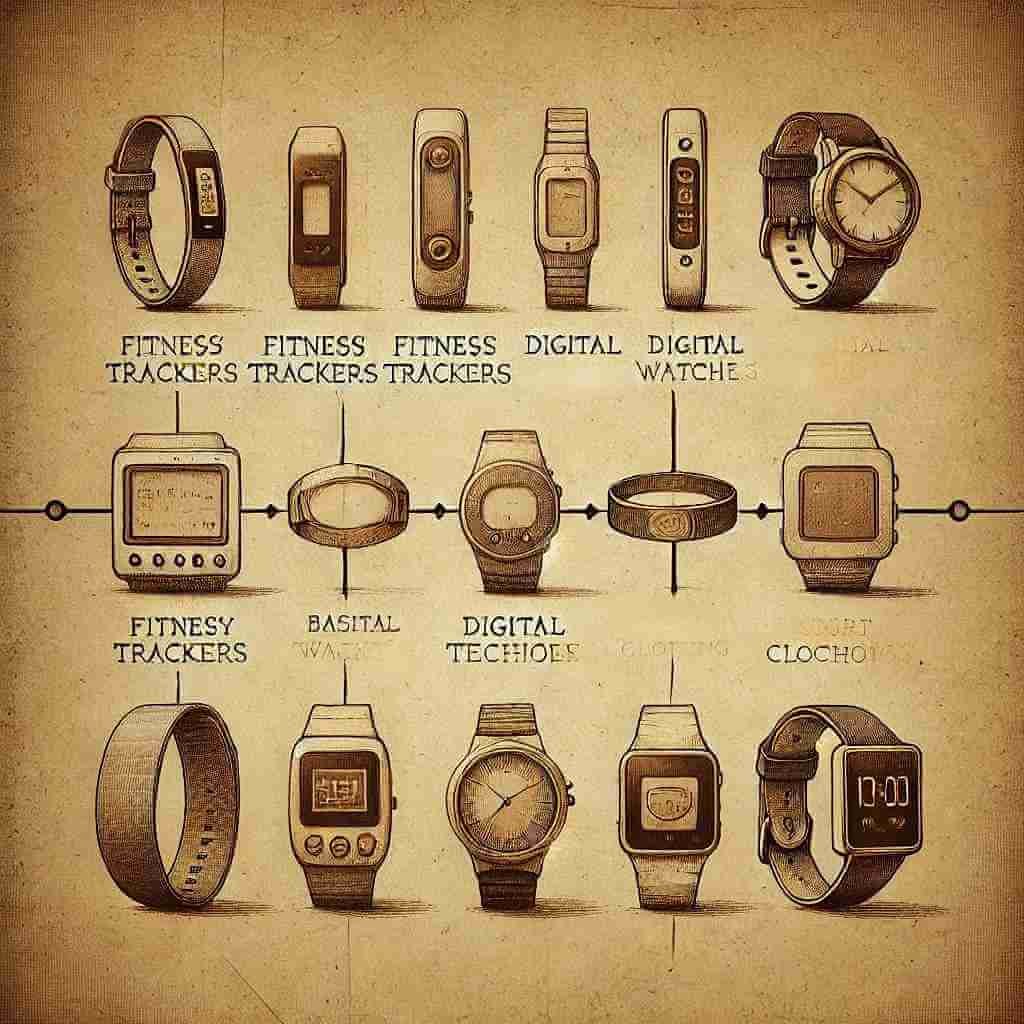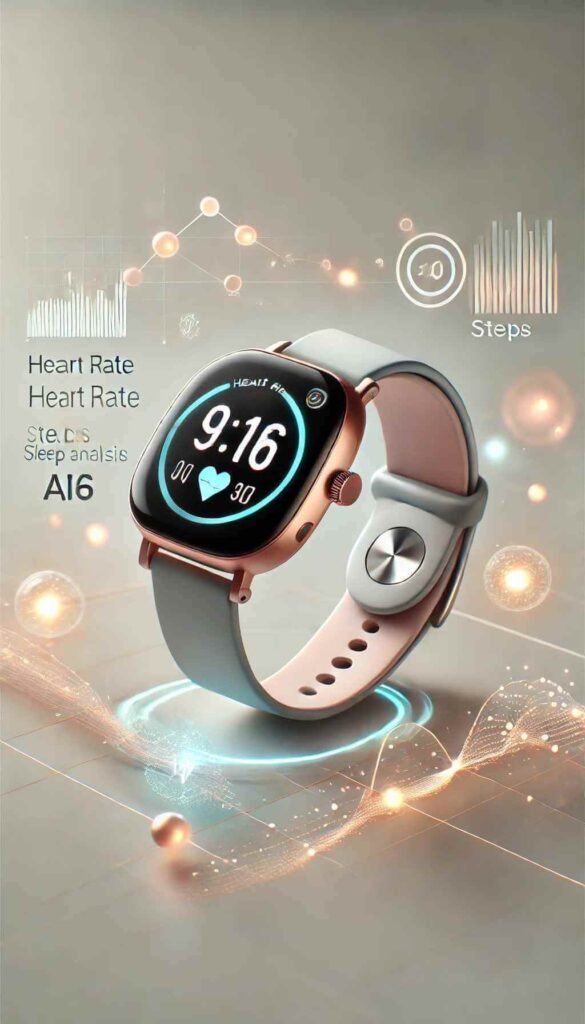
Wearable Technology Evolution: From Fitness Trackers to Smart Clothing
Read the Wearable Technology Evolution, highlighting the shift from basic fitness trackers to innovative smart clothing. Explore advancements in wearable devices, future trends in smart wearables, and the rise of health tech gadgets.
The journey of Wearable Technology Evolution is a testament to how innovation meets necessity. What began with simple step counters has transformed into a sophisticated industry encompassing smartwatches, fitness trackers, and technologically integrated apparel. This progression reflects humanity’s quest for seamless integration between health, convenience, and connectivity.
Early Wearable Technology Evolution
Wearable technology has a long history, dating back to innovations such as wristwatches in the early 1900s. However, the modern Wearable Technology Evolution began with devices that could monitor health and enhance productivity.
1. Calculator Watches (1970s): Combined functionality with portability.
2. Hearing Aids (1980s): Set the stage for personalized health tech devices.
3. Pagers (1990s): Allowed users to receive notifications on the go.
These early innovations laid the groundwork for more advanced wearables.

Fig: Timeline graphic showcasing the evolution of wearable technology
The Fitness Tracker Era
The launch of fitness trackers revolutionized how people approached their health. Devices like Fitbit, first released in 2009, made it possible to monitor daily physical activity.
Core Features:
1. Step Counters: Encouraged users to achieve fitness goals.
2. Heart Rate Monitors: Helped optimize workouts.
3. Sleep Trackers: Offered insights into rest patterns.
Modern fitness trackers have grown into comprehensive health tools that integrate with smartphones, allowing users to track metrics like blood oxygen levels and stress.
The Rise of Smartwatches
Smartwatches combined functionality with fashion, becoming an essential part of the Wearable Technology Evolution. These devices went beyond tracking fitness to include advanced connectivity and customization options.
Features That Define Smartwatches:
• Health Integration: Monitors blood pressure, ECG, and more.
• Communication Tools: Provides notifications, calls, and messaging.
• Style and Utility: Allows users to tailor features and designs to their needs.
The success of products like the Apple Watch reflects the growing demand for multifunctional health tech gadgets.

Fig: Person wearing high-tech smart sportswear
Smart Clothing: The Future of Wearable Innovation
The latest advancement in wearable innovation is the rise of smart clothing. This technology involves embedding sensors and circuits into fabrics, allowing garments to collect and transmit data.
Notable Examples:
• Sportswear: Tracks athletic performance in real time.
• Healthcare Apparel: Monitors vital signs like temperature and heart rate.
• Adaptive Clothing: Adjusts to environmental changes, improving comfort.
Smart clothing is a groundbreaking development, merging fashion with technology.
Wearable Technology in Healthcare
One of the most significant applications of wearables is in healthcare. Devices like fitness trackers and smartwatches have evolved into essential tools for monitoring and managing health conditions.
Healthcare Applications:
• Chronic Disease Management: Helps patients track conditions like diabetes and hypertension.
• Emergency Assistance: Wearables with fall detection and SOS functions enhance safety.
• Data Sharing: Enables seamless transmission of health data to medical professionals.
These advancements in wearable devices empower individuals and healthcare providers alike.

Fig: Person wearing high-tech smart sportswear
Challenges and Opportunities
While wearables continue to evolve, the industry faces challenges that must be overcome to achieve widespread adoption.
Challenges:
• Battery Life: Devices often need frequent charging.
• Data Security: Protecting personal information remains a top priority.
• Affordability: Advanced wearables are not always accessible to all consumers.
Opportunities:
• Expansion into untapped markets, such as elderly care.
• Collaboration with eco-friendly initiatives to create sustainable wearables.
• Integration with augmented reality for immersive experiences.
By addressing these issues, the wearable tech industry can unlock its full potential.
The Future of Wearable Technology
The future of wearable devices is promising, with continuous innovation driving the industry forward.
Emerging Trends:
• Energy-Efficient Wearables: Devices powered by solar or kinetic energy.
• Seamless Ecosystems: Wearables connected with smart homes, vehicles, and workplaces.
• Advanced Materials: Using lightweight, durable fabrics that integrate seamlessly with technology.
The next phase of the Wearable Technology Evolution will prioritize sustainability, efficiency, and enhanced user experiences.



